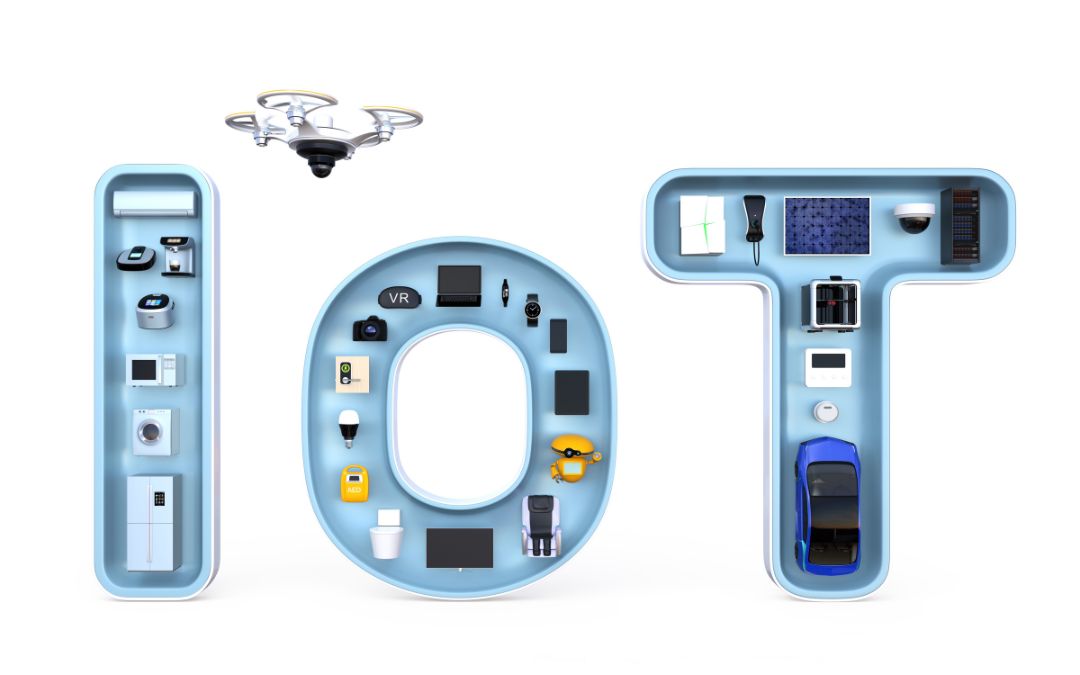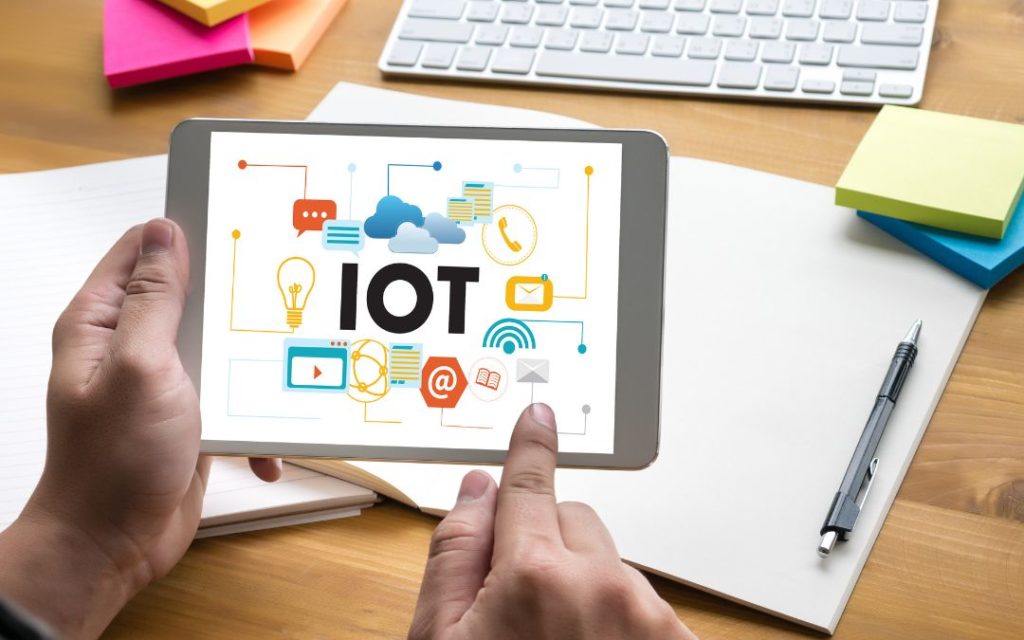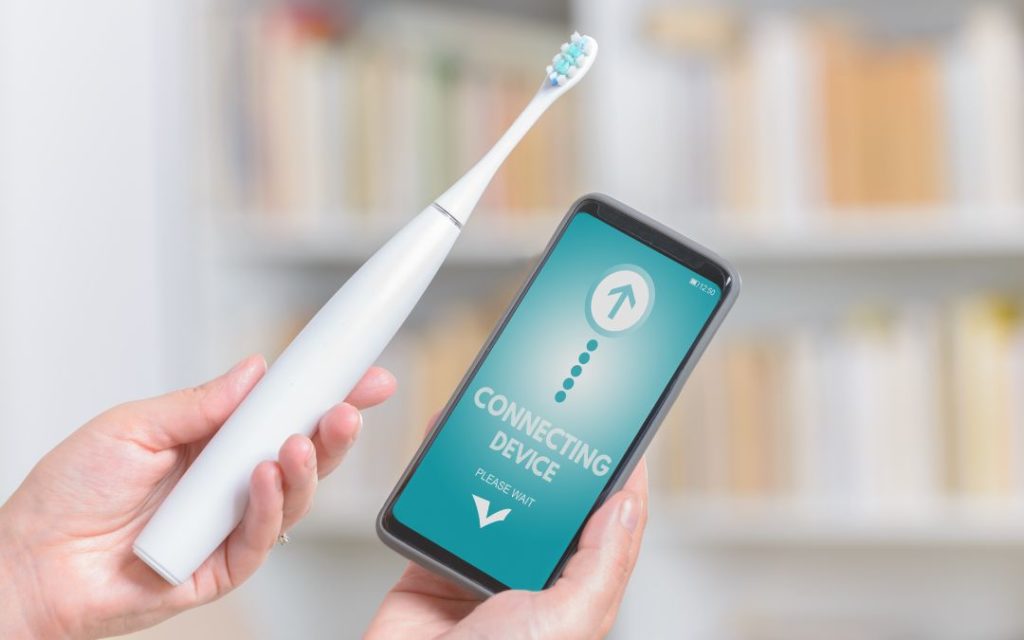
We’ve recently assembled a comprehensive list of considerations for business owners in 2024 in our blog “What IT Issues Do I Really Need to Consider for 2024?” and this week’s article will spotlight one of those crucial topics: IoT.
While the growth of IoT offers tremendous opportunities for businesses to improve efficiency, enhance customer experiences, and drive innovation, it also presents significant cybersecurity challenges. This article explores the expansion of IoT and its implications for businesses, particularly in the realm of cybersecurity.
What is IOT?
The Internet of Things, often shortened to IoT, refers to the network of interconnected devices embedded with sensors, software, and other technologies that enable them to collect and exchange data over the Internet. For example, think of a smart thermostat that you can control from your phone or a fitness tracker that monitors your steps and sends the information to an app. The interconnected nature of IoT allows for seamless communication and data sharing between devices, enabling automation, remote monitoring, and improved decision-making across various industries and sectors.
Expanding IoT Landscape
IoT is everywhere and changes how things work. For example, in manufacturing, machines use IoT sensors to predict when they need fixing and make production better. Retail stores use IoT to track inventory, send personalized ads, and make shopping in-store better. Also, smart buildings use IoT to save energy, keep places safe, and run better. Basically, IoT is making lots of things in different businesses connect to each other, making work easier and smarter.
Cybersecurity Concerns
As businesses integrate more IoT devices into their operations, they face heightened cybersecurity risks. Especially because IoT malware attacks are on the rise, mainly in the retail sector, as indicated by the mid-year update to the 2023 SonicWall Cyber Threat Report.
In the first six months of 2023, global IoT malware increased by 37%, resulting in a total of 77.9 million attacks, compared to 57 million attacks in the first six months of 2022.
Click here to read the full article from IoTAC Association.
The danger comes from the fact that IoT devices often have limited computing resources and may lack robust security features, making them vulnerable to exploitation by cybercriminals. Weak authentication mechanisms, unencrypted communication channels, and outdated firmware present avenues for attackers to compromise IoT devices and gain unauthorised access to sensitive data or disrupt critical operations.
You might assume that your business isn’t affected by the security risks of smart technology because you don’t own any such devices. However, it’s worth considering twice. Do you have a smart TV in your conference room? Are there Alexa or Google devices in communal areas? What about shared printers?
Even if you haven’t deliberately introduced smart devices into your workspace, they could be present in various forms, often without you realizing it. For instance, many modern office printers are equipped with Wi-Fi connectivity and can be accessed remotely. Similarly, smart TVs may be used for presentations or video conferencing without adequate security measures in place.
Devices which are IoT
This could be ANY device that contains in their name the word “smart” or indicates that they are connected to the internet, such as:
- Smart speakers
- Smart TV
- Webcams
- Smart thermostat
- Printers/ scanners
- Smart locks
- Smart lightbulbs
- Environmental sensors such as smart air-conditioners or humidifiers, temperature sensors etc.
- Smart lighting system
- Wearable devices like fitness trackers or smartwatches worn by employees
- Security cameras

The danger lies in the potential vulnerabilities of these devices. If left unsecured, they can serve as entry points for cyberattacks, allowing hackers to access your network, steal sensitive information, or disrupt your operations. For example, hackers could exploit a vulnerability in a smart TV to gain access to confidential company data or use it as a platform to launch attacks on other devices connected to the same network.
Furthermore, even seemingly harmless devices like Alexa or Google devices can pose risks if they’re not properly configured or monitored. These devices are designed to listen for voice commands, but if they’re compromised, they could inadvertently record sensitive conversations or be manipulated to perform unauthorized actions.
After you’ve checked your offices for possible smart devices once, do it again! Every item could serve as a gateway for cyberattacks – even toothbrushes! It might sound like something out of science fiction, but quoting ZDNEt
“Swiss newspaper Aargauer Zeitung reported that approximately three million smart toothbrushes were hijacked by hackers to launch a Distributed Denial of Service (DDoS) attack. These innocuous bathroom gadgets — transformed into soldiers in a botnet army — allegedly knocked out a Swiss company for several hours, costing millions of euros in damages.”
ZDNet.com
Click here to read the full article.

The key takeaway is that a single compromised device within a networked IoT ecosystem could serve as a foothold for attackers to launch broader attacks, infiltrate corporate networks, or orchestrate large-scale distributed denial-of-service (DDoS) attacks.
Impact on Business Cybersecurity
Businesses must recognize the implications of IoT adoption on their cybersecurity posture and take proactive measures to mitigate risks. Implementing robust security protocols, such as encryption, authentication mechanisms, and regular software updates, is essential to protect IoT devices and the data they collect or transmit.
Actions you can take now:
1. Ensure your device is running the latest software updates, including the operating system (usually Linux-based) and any applications.
2. Disconnect devices from the internet if they don’t require online connectivity.
3. Adjust firewall settings to restrict internet access for these devices.
4. Keep IoT devices separated from the primary corporate network for added security.
5. Inform your employees about the issue to prevent them from inadvertently introducing security risks to your company.
Furthermore, businesses should adopt a comprehensive approach to network security, segmenting IoT devices from critical systems and implementing intrusion detection and prevention systems to monitor for anomalous behaviour.
Employee training and awareness programs can help mitigate the risk of human error, such as falling victim to phishing attacks or inadvertently connecting unauthorized IoT devices to corporate networks.
Partnering with IoT vendors and third-party security experts like Operum.Tech is essential for assessing the security status of IoT devices and pinpointing vulnerabilities before they’re exploited by malicious individuals. Click here to reach out if you’d like to speak with one of our specialists regarding your business’s security concerns.
Conclusion
The expansion of IoT presents exciting opportunities for businesses to innovate and drive efficiencies across various sectors. However, this rapid proliferation of interconnected devices also brings significant cybersecurity challenges. By prioritizing cybersecurity measures, businesses can harness the benefits of IoT while safeguarding against potential threats and ensuring the integrity and confidentiality of their data. As IoT continues to evolve, proactive cybersecurity strategies will be essential to navigate the complexities of an increasingly connected world.
Sign up below to join the Operum newsletter



